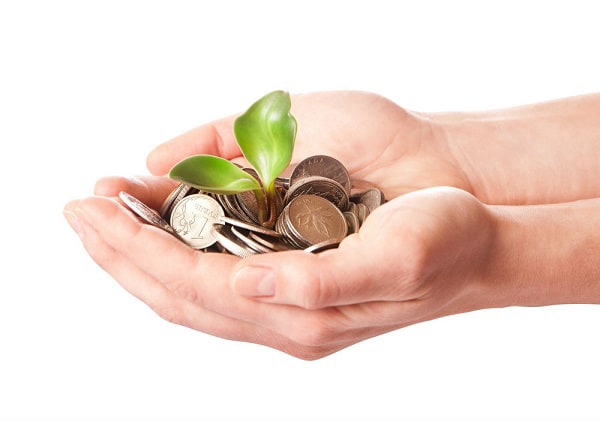Until now banks have demonstrated little interest in serving the needs of the financially excluded. Could mobile banking and the emergence of non-bank competitors change all that?

The term ‘financial inclusion’ is often equated with the working poor in developing countries. But if the term is thought of more broadly as referring to those that have limited or restricted access to financial services such as loans and bank accounts, then every country, developing or not, is likely to contain population segments that are unbanked.
Sibos panelist Jay Rosengard, director of the financial sector program at Harvard University’s Kennedy School of Government and author of numerous studies on mobile money and financial inclusion, says one factor often overlooked in the financial inclusion debate is that family-run micro and small enterprises are neglected by the formal financial services sector just as much as the ‘working poor’. Yet these enterprises contribute jobs and growth, and one of them might become the next Tata Steel or Alibaba—if they had better access to capital.
Most of the large global transaction banks focus purely on top-tier, investment grade companies. It is left to microfinance institutions, local banks and multilateral development agencies such as the IFC and the Asian Development Bank (ADB) to provide financial services for smaller companies. In its 2016 Trade Finance Gaps, Growth, and Jobs Survey, the ADB estimates that there is a global trade finance gap of $1.6 trillion, with $692 billion of that gap to be found in developing Asia (including India and the People’s Republic of China). The survey found that 56% of SME trade finance proposals were rejected, well above rejection rates for large corporates (34%) and multinational corporations (10%). According to the ADB, 25% more trade finance access would enable firms to hire 20% more people.
The problem of better serving the unbanked is becoming more pressing for both governments and the banking sector. In fast-growing, developing economies, providing access to financial services for all segments of the population, no matter what their financial status, enhances household income and wealth distribution. In the B2B space, there is as a growing trend amongst multinational corporations, particularly in the retail and fast-moving consumer goods sectors (the likes of Unilever, for example), to source and distribute goods directly to individuals and small family producers in Asia, Africa and the Middle East.
“This brings specific new challenges from a banking perspective,” according to a treasurer from a major international retailer cited in a Standard Chartered white paper entitled Banking the Ecosystem. “For example, while we could pay our wholesalers electronically, some of our farmers and producers are not banked, while others are not reachable through our international banking relationships. As a result, we need to explore alternative payment methods without compromising security, efficiency or auditability of payment.”
Alex Manson, global head of transaction banking at Standard Chartered, says a new approach to banking is needed: one that is focused on banking a major company’s ecosystem (suppliers, distributors, vendors) and not just top-tier corporates. The problem, says Manson, is that the larger global banks may not have the presence or risk appetite to bank a corporate’s ecosystem; and whilst local banks may have the customer relationships and network, they lack lending capacity and global reach.
Standard Chartered is investing in technology and data analytics to try and address some of the funding gaps in companies’ ecosystems. It has invested in Ripple a startup that uses distributed ledger technologies to propose a cheaper and more efficient model for sending money cross-border.
Mobile wallets are also being used for payments and collections to meet the needs of those companies that cannot access bank branches. Mobile banking can reduce transaction costs for making payments, thereby helping promote greater financial inclusion, says Rosengard, who is a speaker on Thursday’s mobile money and financial inclusion panel at Sibos. The most well-known mobile money provider is M-Pesa
in Kenya, which uses mobile money agents spread across the country to provide communities with cheaper and more efficient means of sending and receiving money via their mobile phones.
The question is can the M-Pesa model be replicated in other countries to promote greater financial inclusion? What are the ecosystems that need to exist in order to promote greater financial inclusion and who needs to drive it—banks, multilateral aid organizations, financial technology companies, telecom providers?
Banks have played a very limited role to date in helping promote wider financial inclusion. That could change, however, given the ability for alternative delivery mechanisms such as mobile banking to deliver more cost-effective financial services to areas where traditional bank branch networks do not exist or a direct bank presence cannot be justified. However, banks will need to partner with financial technology providers, telecom companies and e-commerce platform providers if they are to access the technology and information they need to better serve the financially excluded.



